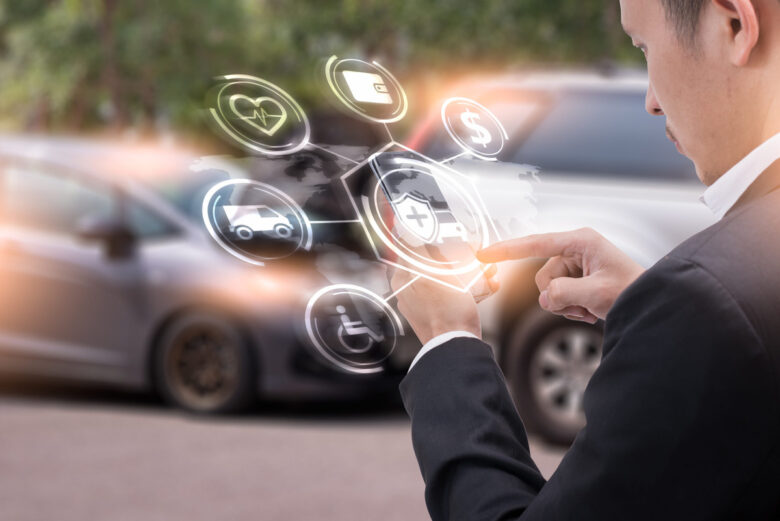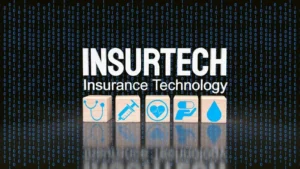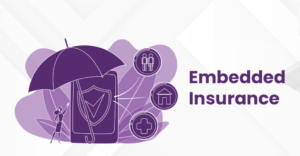The Internet of Things (IoT) technology has changed a variety of industries, including car insurance. Smart devices give insurers real-time data that helps them evaluate the risk and offer fairer premiums. Previously, insurers based their pricing on age, location, and past driving records. Now, telematic devices powered by IoT track driving behavior and provide more customized pricing. This trend encourages safer driving among policyholders by subsidizing insurance costs while reducing the risk for insurers.
Policyholders who use smart devices in their vehicles stand to gain the most because they will be offered lower premiums. IoT also improves other aspects of auto insurance, such as accident detection and claims processing, thus enhancing overall efficiency. This article discusses these topics and more as we show how the integration of IoT and smart devices is helping drivers save on car insurance while improving road safety.
Understanding Car Insurance and IoT Technology:
Car insurance IoT refers to the connectivity of advanced devices, smart sensors, and telematics systems that capture vehicle’s data and send it to insurers in real-time. These gadgets, commonly mounted in vehicles or integrated into mobile applications, track driving behaviors like speed, acceleration, cessation of movement, distance driven, and even geographic position. With the help of big data, insurance companies are now able to measure the risk level of a particular driver with greater precision than before.
Insurance policies that reward good driving are referred to as usage-based insurance (UBI), relying heavily on IoT-powered telematics to determine the price of insurance. Unlike previously without real in-depth insights into driving behavior, demographic data was the only source utilized to generalize risk, real-time data allows a shift towards rewarding good drivers. Discounts on premiums can be enjoyed by drivers with good driving habits: smooth braking, driving within moderate speed limits, and reduced driving at night. Moreover, IoT devices are helpful to insurers in case of accidents by assisting in speedy and accurate claims processing.
How Smart Devices Collect Driving Behavior Data:
Smart devices in cars collect information about driving habits using a combination of GPS, accelerometers, gyroscopes, and onboard diagnostics (OBD). Their location and speed are monitored using GPS, while accelerometers capture harsh braking events or aggressive acceleration. Gyroscopes also assess the vehicle’s stability which indicates risky maneuvers such as sharp turns. OBD provides information concerning the automobile’s wellbeing such as the condition of the engine, tire pressure, and how much fuel is being used.
This data is used by insurers to establish a driver’s risk profile. For instance, a driver who maintains speed and avoids aggressive acceleration or braking is classed as low risk. However, a lot of hard braking, rapid acceleration, and speeding classify someone a higher risk and as such increase their premiums. Monitoring behavior in real-time allows insurers to provide personalized discounts to safe drivers.
Mobile applications are equally important in IoT-related insurance. Many insurers offer smartphone-based telematics that tracks driving behavior without additional hardware being installed. The apps give real-time feedback to drivers, which helps them improve their habits and deserve lower premiums. Some of the apps, to further encourage responsible driving behavior, award drivers for safe driving, rewarding badges or other accolades.
Importance of IoT Technology in Lowering Premiums:
Using IoT devices enables the differentiation of high-risk and low-risk drivers, thus aiding insurers in providing fairer pricing structures. In traditional insurance models, a driver is placed into one broad category depending on age, gender, location and other less meaningful factors. In most of these cases, the individual driving habits are ignored. With the use of IoT data, it is possible to achieve accurate premium calculations, which ensures safe drivers are not overcharged because of risk assessment.
IoT also aids in over-reducing claimed premiums. Telematics device tends to eliminate the chances of fraudulent claims. Such claims usually accompany an accident stating its speed, impact force, and of course its location. Over such claims, the insurance pays out huge sums of money which aids the insurer in financial loss. With the use of telematics devices fraud payouts can be minimized enabling insurers to provide budget-friendly services like lowering premiums.
Furthermore, insurance IoT ecosystems promote the vehicle’s proactive upkeep. Most telematics systems provide alerts for maintenance procedures like oil changing, brake inspection, tire rotating, and other activities. Regular maintenance helps in preventing mechanical malfunctions which decreases vehicle accidents augmenting fewer claims and lower premiums for the drivers.
How IoT Improves Fraud Detection and Claims Processing:
The most notable problem is the entire process of managing a claim because it is one of the most tedious tasks in the context of automobile insurance. Through IoT devices, real-time data on the accident is made available which helps the claimant in relieving the procedures to be followed in the evaluation of damage, assessing liability, and other aspects which usually take a long time to determine value.
In the instance of an accident, telematics units send the insurance firm the relevant clause data. The accident also transmits information like speed and collateral together with the location where the accident happened. The information is available during the payment of the policy claim. This erases the numerous delays encountered due to waiting for other important documents leading to simple policies getting settled within the other agreements.
It has become increasingly easier for IoT to help with fraud detection. Issues like staged accidents and discrepancies in accident insurance claims result in massive insurance losses companies every year. With the advent of smart devices, insurers can ascertain details of an accident accurately which makes it easy to validate claims and hard for fraudsters to succeed in manipulating claims. For instance, a driver claiming an accident at a specific time and location where he/she is not. If the telematics data shows that the place is indeed the location of the claim, insurers have the legal right to flag such claims and investigate them further.
Lessening the instances of fraud lowers the operating cost for insurers, which, in turn, lady benefits the genuine policyholders in the form of reduced premiums. The use of real-time data to validate claims fosters confidence between the insurers and the clients, which makes the overall claim process smoother, clearer, and more effective.
The Possibilities of Car Insurance IoT:
While technology continues to grow, the scope of IoT in car insurance will also increase tremendously. Connected and autonomous vehicles bring along more data which can be used by insurers to work on risk assessment models to sharpen how accurate they are. Safer driving is also expected to be boosted by Advanced driver-assistance systems (ADAS) like Lane departure warning and automatic emergency braking, therefore, further reducing premiums.
Integrating AI (Artificial Intelligence) with IoT devices will improve the quality of insurance services. AI can analyze enormous amounts of data related to driving behaviors for pattern recognition and accident prediction. This will help insurers provide advanced safety measures that guarantee the prevention of accidents.
Another new development within IoT insurance is blockchain technology. Blockchain allows for the creation of secure driving records that cannot be modified, guaranteeing claim settlement transparency and undoubted proof in disputes. Automation of claims payment would be possible through smart contracts using blockchain technology and IoT, which would accelerate and improve operational efficiency.
While the number of advantages provided is exceptional, it does raise concerns regarding the privacy and security of the data. There are several questions drivers may be concerned with like the potential of data being shared by third parties without their consent. There should, however, be necessary privacy guidelines put in place that ensure freedom to enable or disable data-sharing options.
Conclusion:
The car insurance industry has had an IoT makeover, turning premiums into something more individualized, equitable, and economical. Insurers have access to real-time data, such as driving speed and location, through smart gadgets like telematics and mobile applications, which allow them to lower premiums for safe drivers. The insurance system becomes more efficient and reliable as claims processing, fraud, and vehicle maintenance are streamlined through IoT.
Technology seems to be on IoT’s side as it continues to evolve, promising a bright future for its use in car insurance, especially with AI, blockchain, and self-driving vehicles set to modernize the industry further. Innovations must strike a balance with privacy, however, to preserve trust. In the end, insurance driven by IoT is a win-win for insurers and drivers through increased road safety and decreased costs, respectively.
FAQs:
1. In what way does IoT contribute to lower car insurance premiums?
Insurers are now able to monitor driving behavior in real time due to IoT, enabling them to reward safe drivers with lower premiums. Telematics allows insurers to analyze risks more thoroughly, thus creating personalized and fairer premiums.
2. Do all insurance companies offer IoT-based policies?
Not all insurers provide IoT-based policies, but many are adopting telematics-driven models. Drivers are encouraged to consult their insurance providers to determine the availability of usage-based insurance options.
3. Can IoT devices identify fraudulent claims?
Certainly. IoT devices monitor real-time data pertaining to crashes; therefore, insurers are able to validate the occurrence of an accident and identify any possible fraudulent claims. This minimizes insurance fraud and allows genuine policyholders to enjoy reduced premiums.
4. Are there any privacy issues related to car insurance using IoT?
Yes, there are privacy issues related to the collection of driving data associated with IoT devices. However, trustworthy insurers maintain clear policies that empower their clients with decision over data sharing, thereby adhering to the privacy laws.
5. What can we expect in terms of advancements in IoT-based technologies in car insurance?
We expect the implementation of AI-based risk profiling, storage of information in blockchains for unrestricted access, as well as for vehicles to be integrated into the system. These developments are bound to further individualization of premiums and optimization of claims processing.




